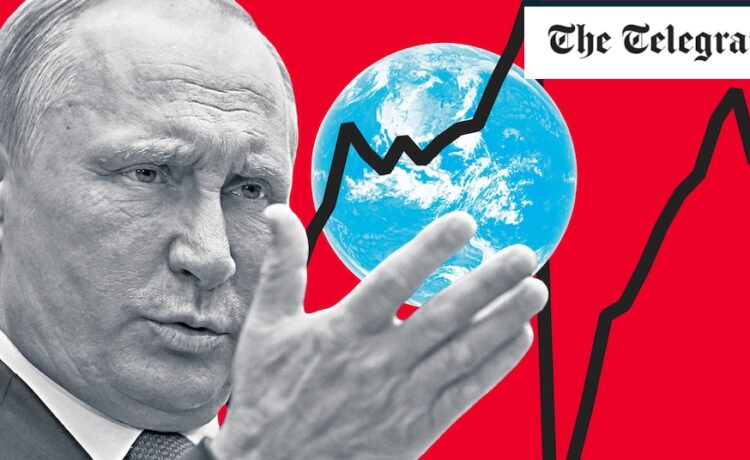More generally, space and submarines, where Britain’s biggest and most successful manufacturer BAE Systems is well-placed, are promising growth areas, since these are now the only truly stealth activities. Norway’s Kongsberg has an effective monopoly in next generation anti-ship missiles, the kind of which Taiwan might find useful.
Kurtosis: the risk of extreme events
It is too simplistic for investors to think about the new Cold War simply in terms of defence spending. War also has more profound economic consequences and wider investment implications, leading to greater risk of extreme events. Statisticians call this “excess kurtosis” or “fat tails” relative to a normalised bell-curve distribution.
In the unipolar post-Cold War world, investors’ prime concern was the economic cycle, which could be managed by central banks providing liquidity at moments of extreme stress, most notably in 2008 and 2020.
But central banks can’t resolve supply side problems, prevent deglobalisation, or fight geopolitical conflicts. This means investors must think about extreme “unpredictable” outcomes, structurally higher inflation, and higher volatility.
We are already witnessing a reshaping of the global economy. The generally low inflation of the post-Cold War era, which has allowed for historically low interest rates, has been facilitated by the deflationary impulse of Russian commodities and Chinese manufactured goods. This is now changing.
Eminent economist Charles Kindleberger wrote that “war both cuts off old connections in trade and finance and is likely to require the fashioning of the new”.
Russian crude oil now gets sold at a discount to India and China, who – since we have destroyed our own indigenous fossil fuel industry – often export it back to Europe as a refined product.
This disruption of optimal economic trade routes – deglobalisation – by geopolitics, as seen with the Houthi attacks on merchant vessels in the Red Sea, ironically requires more rather than fewer ships for longer voyages, particularly crude (see Norway’s Frontline) and product tankers (see Norway’s Hafnia and Denmark’s Torm).
The American and Chinese economies continue to ‘decouple’
Chinese exports to the US are now down 25pc from peak. China’s foreign direct investment has now turned negative, with Western corporations instead looking to “friend-shore” manufacturing to Malaysia, India, Vietnam, or Mexico instead.
The US government has provided $280bn in subsidies via its Chips Act to “re-shore” semiconductor manufacturing from Asia, while also seeking to prevent the export of high-performance semiconductors and manufacturing equipment to China. What is politically logical comes with economic cost.
The projection of geopolitical power is also changing the unipolar global financial system based around the hegemony of the US dollar.
There is currently $300bn of Russian financial assets frozen (mostly in Belgium’s Euroclear), which the US wants to give to Ukraine – but Europe, fearing retaliation, is resisting, instead considering using the accumulating interest as war reparations.
Russia has responded by freezing the assets of investors from “non-friendly” countries. This should be a shot across the bows for any UK investors in the Chinese stock market.
Equally, the “anti-hegemonic” alliance is highly incentivised to diversify their assets “outside” the Western banking system to avoid political default risk.
Chinese holdings of US Treasuries are now down to just $800bn (from $1.2 trillion at the peak in 2016). Gold – with a market value of $15 trillion – is the most liquid alternative as a store of value. The People’s Bank of China has emerged as its current biggest buyer.

















